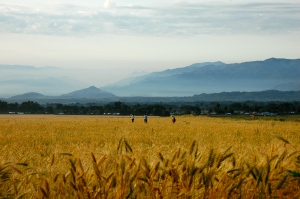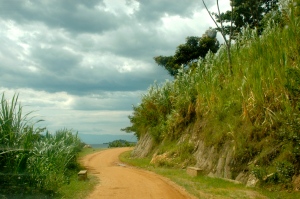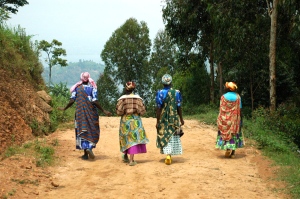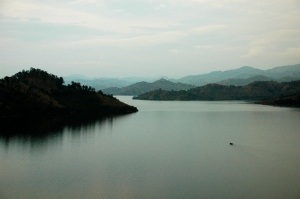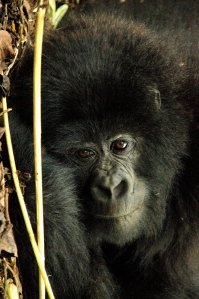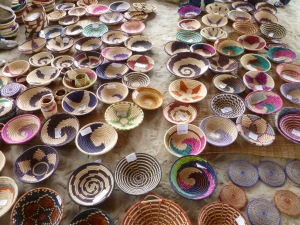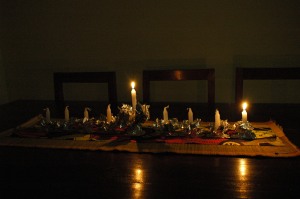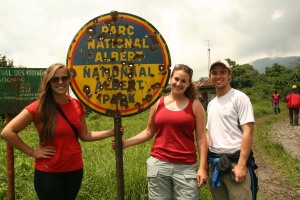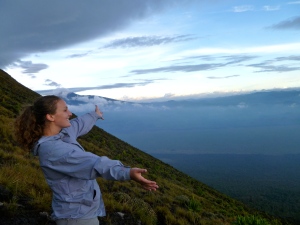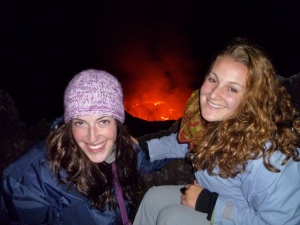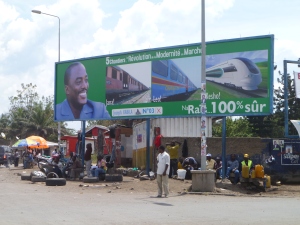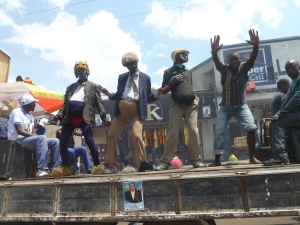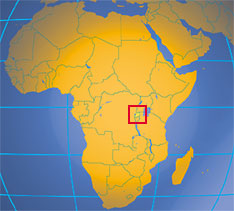For better or for worse, my time in Rwanda has come to a bittersweet end. At the moment I am in the Schiphol airport in Amsterdam on my way home to NY/DC. It is surreal for me to be leaving Rwanda for “good”, though it’s unclear to me whether this is earlier or later than planned – I’m still not sure what my plans were. While I am excited about embarking on the next chapter of my life, I’m heartbroken to be leaving all of my wonderful friends and the wonderful life I’ve found in Kigali. Rwanda is a truly special place and I now understand even more why so many visitors come for six months or a year and end up staying for five years or permanently. I have definitely permanently fallen in love with Rwanda and its charms, so I think it was necessary for me to be extracted by an incredible opportunity that I couldn’t turn down.
The incredible opportunity I’m now pursuing is joining the U.S. State Department Foreign Service as a political officer. I began the multi-exam, multi-stage process over two years ago (while still at Tufts) and I was never quite sure if/when I’d get “the call.” Well, I got it last month with an official appointment offer to join the May 21st training, which I accepted. This essentially means that I will begin my orientation and training at the end of May, find out what my first assignment (country and job) will be at the end of June, and possibly live in the DC area for a few months before shipping out, depending on language training. Once I arrive at my post, I’ll be a junior officer and work at an embassy or consulate on political and/or other issues. I’m unbelievably excited to start training and dive headfirst into learning about and living the fields of diplomacy and U.S. foreign policy.
In an effort to find some “closure”, I’ve made two top ten lists that sum up my experience in Rwanda and what I’m most looking forward to about coming back to the States…
Top 10 List: Things I am most excited for in the U.S. (besides friends and family):
- Fitted sheets
- Delis, or being able to order a sandwich in less than 10 minutes
- Fast internet
- Anonymity
- Paved roads or dirt roads that don’t turn into sticky mud pits when it rains
- Answering machines
- Season 4 of Parks and Recreation and Season 2 of Game of Thrones
- Rules of the road (i.e. cars don’t turn left into oncoming traffic and buses don’t try to pass other buses with 5 feet of visibility around a sharp curve)
- Doctors offices where you don’t have to fight with old ladies to keep your spot in “line” or carry your own specimen to the lab
- Seasons, specifically autumn leaves and snow
Top 10 List: What I will miss most about Rwanda (besides friends and honorary family):
- How ubiquitous and delicious milk is, and the fact that it is considered a meal
- Perfect weather that is like a mild spring or summer day 85% of the time
- 16-cent avocadoes twice as large as my fist
- Going to the African bagel co-op Saturday mornings for delicious fresh donuts and bagels
- Traveling around Rwanda’s beautifully lush and rolling countryside
- Brochettes from the Hotel des Mille Collines
- Jamming to Rwandan/East African music on a regular basis – especially Kitoko, Radio and Weasel, Urban Boys, Dream Boys, Kamichi, Knowless, and P Unit
- $1.50 beer as the norm
- Having the chance to interact with and make friends with people from all over the world – Netherlands, Germany, India, Mauritius, France, Canada, Spain, UK, Luxembourg, Bosnia and Herzegovina, DR Congo, Uganda, Burundi, Tanzania, South Korea, and probably more I can’t remember or wasn’t aware of because their English was impeccable
- Living in a place that constantly awes, fascinates, teaches, and impresses me with its tireless efforts towards peacebuilding and visible economic development less than two decades after self destructing
If you’d like to keep up with my future adventures in the Foreign Service, check out www.helaina.com after about a month or so – I will redirect that address to point to a new blog. However, I’ll leave up this blog at helainainrwanda.wordpress.com so that people can still read about my experience and use it as a resource about life in Rwanda.
Thanks very much to all of my loyal readers for your thoughtful comments, feedback, and encouragement over the past year and a half. I hope you’ve enjoyed the ride as much as I did.


